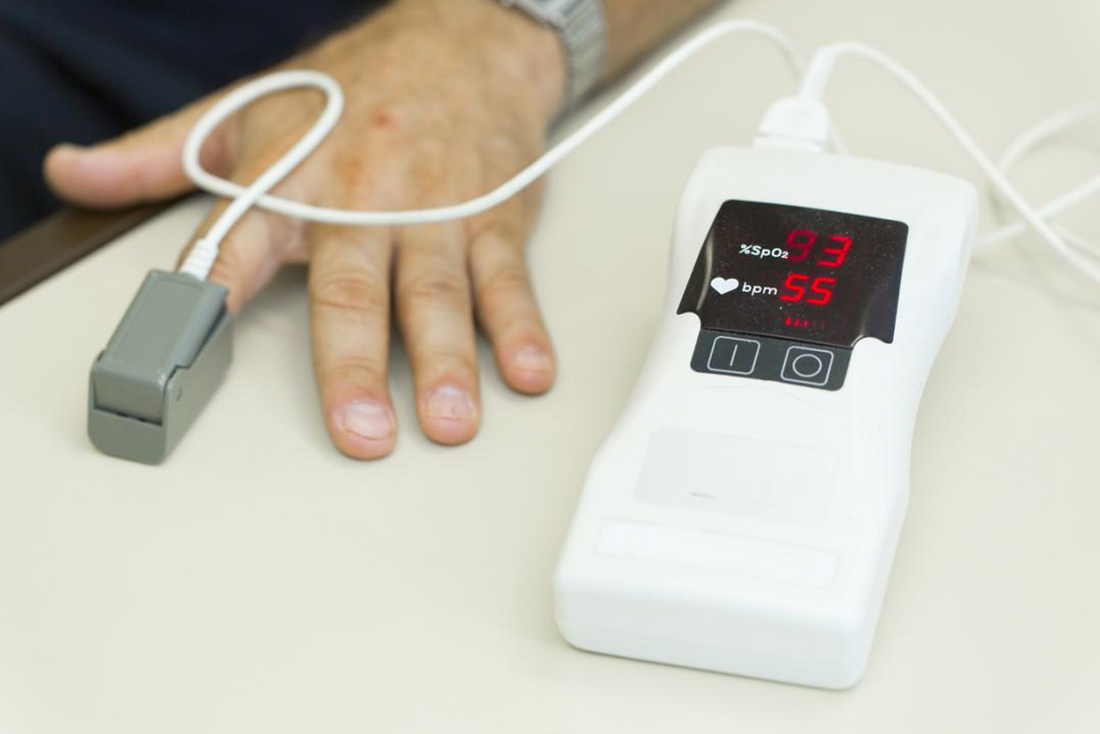
Use of Supplemental Oxygen for people with COPD: An Overview
Share
Supplemental Oxygen for COPD: Who Needs It and How Is It Administered?
Table of Contents
Chronic obstructive pulmonary disease (COPD) is a chronic respiratory condition that affects millions of people worldwide. COPD causes the bronchial airways to become inflamed and narrowed, making it difficult to breathe. It can also damage the small air sacs (alveoli) responsible for transferring oxygen from air into the blood and removing carbon dioxide. In some cases, people with COPD may need supplemental oxygen to maintain adequate oxygen levels in their blood. In this blog post, we will discuss supplemental oxygen for individuals with COPD, including who may benefit, how it is administered, and potential risks.
Who Needs Supplemental Oxygen for COPD?
Supplemental oxygen may be necessary for individuals with COPD who have low levels of oxygen in their blood, a condition known as hypoxemia. Hypoxemia can cause shortness of breath, fatigue, confusion, and headaches. If not treated, hypoxemia can lead to heart failure, respiratory failure, and even death.
Supplemental oxygen may also be necessary for individuals with COPD who experience chronic respiratory failure, a condition in which the lungs are unable to provide enough oxygen to the body even at rest.
The level of oxygen in the blood is commonly measured using a finger oximeter. A normal SpO2 is 95% or higher. New medical evidence suggests that SpO2 measurement can be inaccurate in active smokers and in individuals with darker skin pigmentation. In those cases, more precise measurement of blood oxygen levels is achieved by obtaining a blood sample from an artery in the wrist. The current guidelines suggest that people with COPD may need supplemental oxygen if their SpO2 level is less than 88% while resting. For people who also have heart failure or pulmonary hypertension, they should use supplemental oxygen if their SpO2 level while resting is less than 90%.
How is Supplemental Oxygen Administered for COPD?
Supplemental oxygen for COPD can be administered in several ways, including:
- Nasal cannula: A device that fits over the nose and delivers oxygen directly into the airway, typically used for individuals with mild to moderate hypoxemia.
- Face mask: A face mask covers the nose and mouth, delivering oxygen directly into the airway. It is used for individuals requiring higher concentrations of oxygen.
- Venturi mask: A specialized mask that delivers a precise flow of oxygen, often used in hospitals during COPD exacerbations.
- Oxygen concentrator: A machine that pulls oxygen from the air and delivers it to the person through a nasal cannula or face mask, typically used for home use.
What are the Benefits of Supplemental Oxygen for COPD?
Supplemental oxygen can provide several benefits for individuals with COPD, including:
- Improved oxygen levels, alleviating symptoms such as shortness of breath, fatigue, and confusion.
- Improved quality of life, making it easier to perform daily activities and increasing energy levels.
- Reduced risk of complications, such as heart failure, respiratory failure, and death.
What are the Risks of Supplemental Oxygen for COPD?
While supplemental oxygen is generally safe, it can pose some risks if not used correctly:
- Oxygen toxicity: Receiving too much oxygen for an extended period of time can lead to lung damage and other complications.
- Carbon dioxide retention: In some cases, supplemental oxygen can cause carbon dioxide retention, leading to respiratory failure.
- Risk of fire: Oxygen can lower the combustion temperature and increase the risk of fire. Always be cautious when around open flames or heat sources.
It is essential to use supplemental oxygen as directed by a healthcare provider and follow safety guidelines.
Summary Points:
- Who needs supplemental oxygen: Individuals with COPD who have low blood oxygen levels (SpO2 <88%) or experience chronic respiratory failure.
- How oxygen is administered: Common methods include nasal cannula, face masks, and oxygen concentrators, tailored to the individual's needs.
- Benefits: Oxygen improves quality of life, relieves symptoms, and reduces the risk of serious complications.
- Risks: Potential risks include oxygen toxicity, carbon dioxide retention, and fire hazards if not used properly.
PEP Buddy: Better Breathing, Backed by Science
PEP Buddy is a simple, portable, clinically proven device that reduces breathlessness and can help improve your activity level. It also prevents significant declines in blood oxygen during physical activity.
Learn more about easing your shortness of breath with PEP Buddy today.
Disclaimer:
This blog is for educational purposes only. Always consult with your healthcare provider to determine the best course of treatment.
